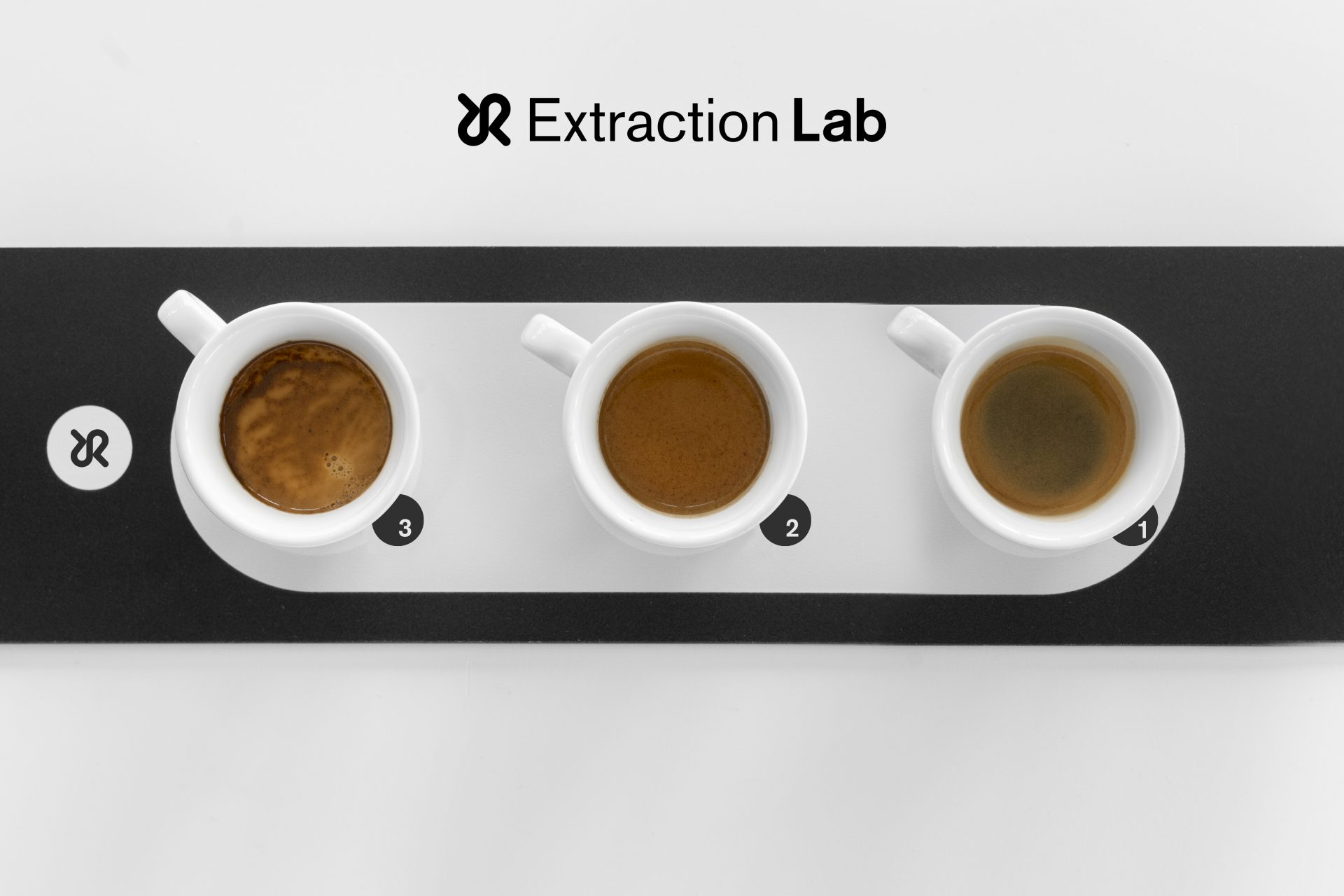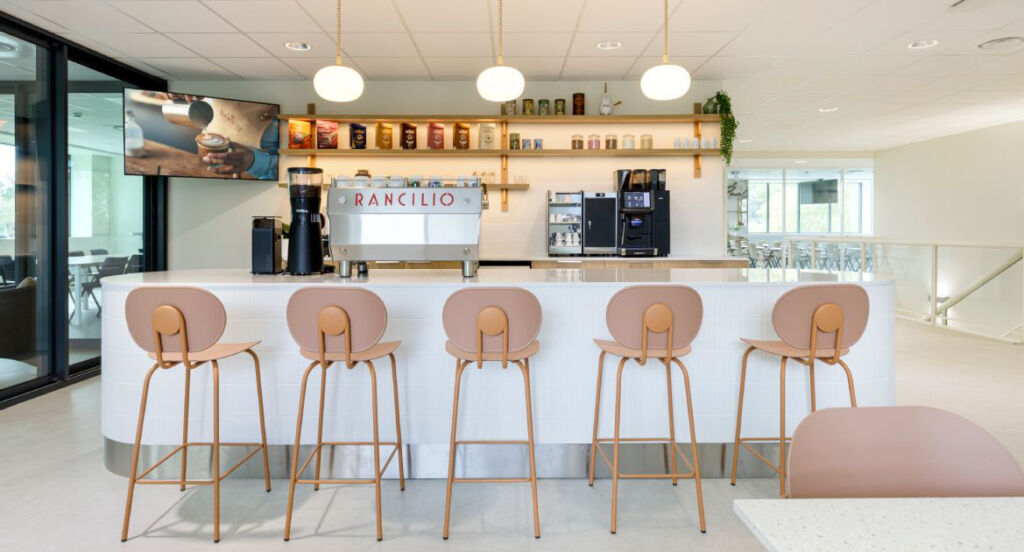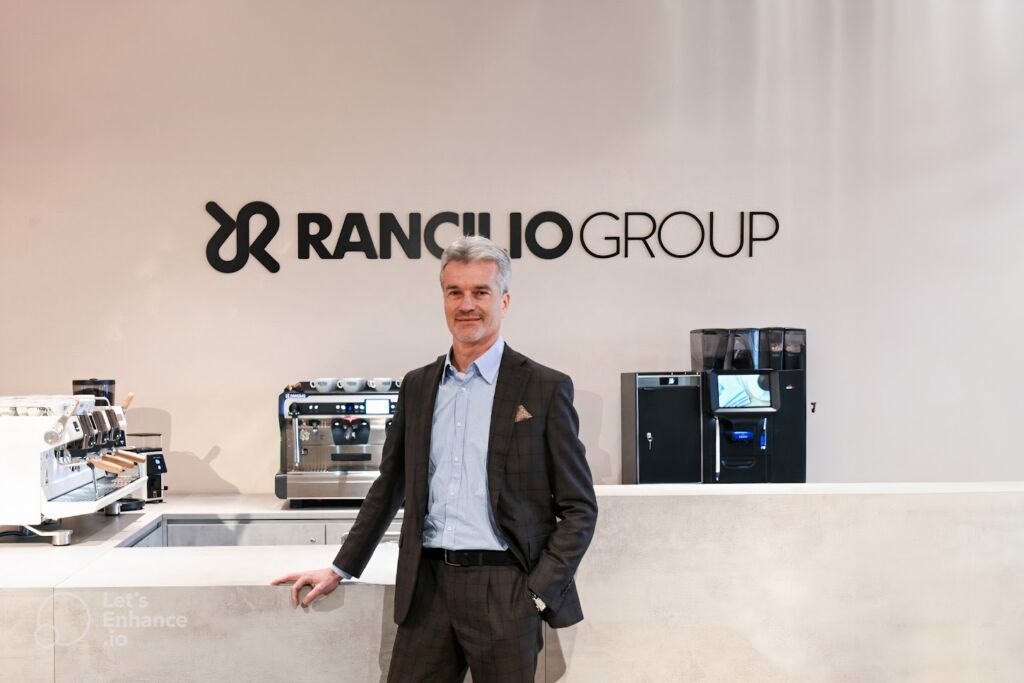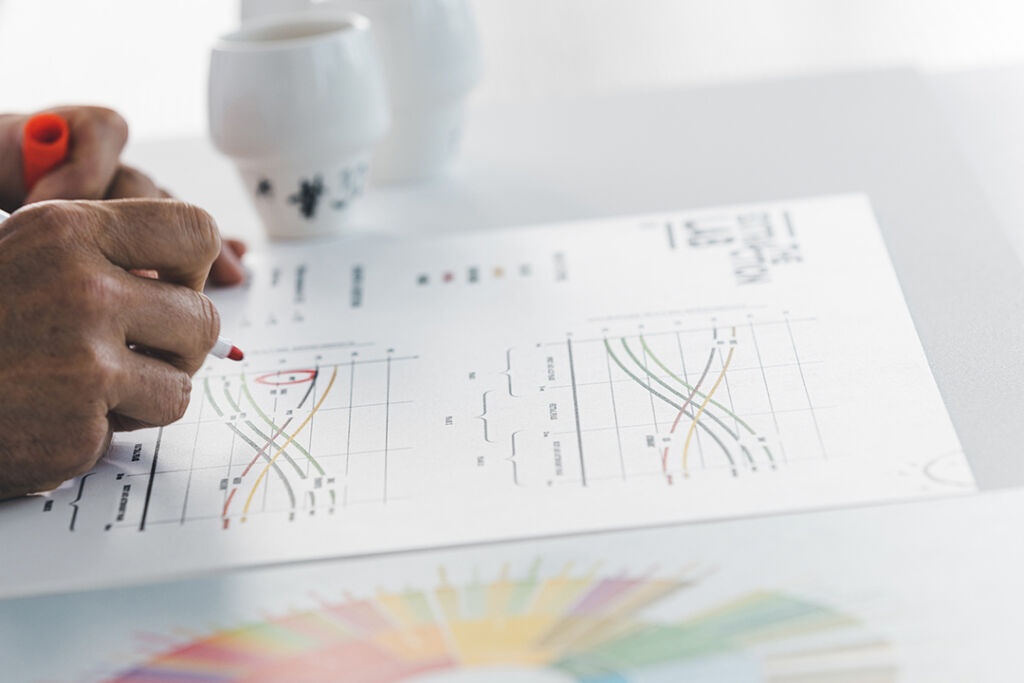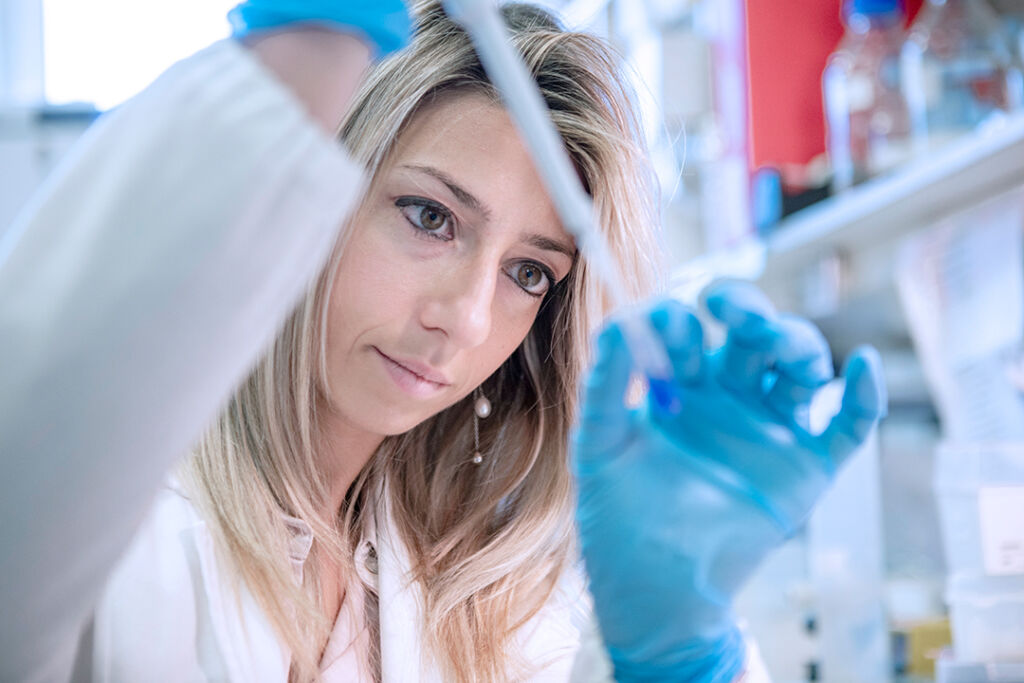An interview with Carles González, Coffee Competence Manager at Rancilio Group
Designing coffee machines is not a simple task at all. Many factors need to be considered, but above all, the extraction capacity. After all, the coffee machine transforms ground coffee into a sublime espresso. To achieve perfect extraction, the Rancilio Group’s laboratories have designed an innovative system that gives more control on temperature’s extraction to the barista. Temperature Profiling, standard on Rancilio Classe 11, was born from the synergy between the R&D department and the constant research of Carles González, Coffee Competence Manager and key person inside the Extraction Lab. Let’s find out what impact Temperature Profiling has on the cup of espresso.
What is Temperature Profiling and what kind of advantages brings to the cup of espresso?
I remember as if it were yesterday the first few days of testing: we had selected a blend to be extracted on the same machine, simultaneously and in three different ways: an espresso extracted at a constant temperature of 92°C, one extracted with a temperature variation from 88°C to 93°C, and another with a variation from 93°C to 88°C. All conditions being equal, the result was surprising: there were three different coffees in the three cups. But only the extractions made with temperature profiling expressed new, distinctive nuances. The result was a more balanced, richer espresso. We had figured out how to balance sweetness, acidity, bitterness and body.
It felt like a major discovery, a ‘new world’ to be explored and shared. I was elated, and this feeling would always be an integral part of all the projects that would result from implementing this technology on our coffee machines over the years. We also encountered failures during our tests. But we never considered them in an absolute sense. On the contrary, they have always been an opportunity to refine and improve our technology and skills. Those who, like me, work in the world of research know that there are many variables involved during the extraction of an espresso; one inaccuracy can affect the whole cup.
So, could an increasing temperature be reflected in the taste of espresso?
Yes, as the temperature increases, enzymatic, floral or fresh fruit notes are lost, and caramelised and roasted notes are burnt. It is clear that unfamiliarity with temperature profiling can indeed create such problems. It takes practice, inquisitiveness and perseverance.
Thus, which is the Temperature Profiling’s impact on extraction and then on espresso?
In order to better understand the impact of temperature profiling, it is important to begin with a basic consideration. There are two fundamental moments in the extraction of espresso. The first is when most of the compounds that give us the sensations of sweetness and acidity are extracted; the second is when the compounds that give us the sensations of bitterness and astringency are extracted – which, of course, should be avoided as much as possible. Raising or lowering the temperature during the extraction of an espresso allows us to shift the moment of maximum water solubility to the beginning or end of the extraction.
Could you make an example?
If we wish to enhance the acid notes of a delicate, high altitude, medium roast coffee, we should use an ascending profile. This curve would enable us to properly extract the lipid part as well and enhance density and body. On the other hand, if we wish to bring out the roasted notes of a natural coffee or a medium roasted robusta, avoiding any unpleasant bitterness and astringency, we should use a decreasing temperature curve. In this way we would obtain a more pronounced extraction of sweetness or acidity in the initial phase, while decreasing bitterness and above all astringency.
Talking about extraction, which is the difference between Temperature Profiling and extraction at stable temperature?
In general, Temperature Profiling, compared to extraction at a stable temperature, allows more compounds to be extracted at the beginning or end of the extraction.
Technically, what does this innovation mean to Rancilio Group?
For all of us at the Rancilio Group, temperature profiling represents a turning point, not only in extraction but also in my and our knowledge of the interaction between elements, and I am confident that this technology will be the starting point for many other “explorations”.









